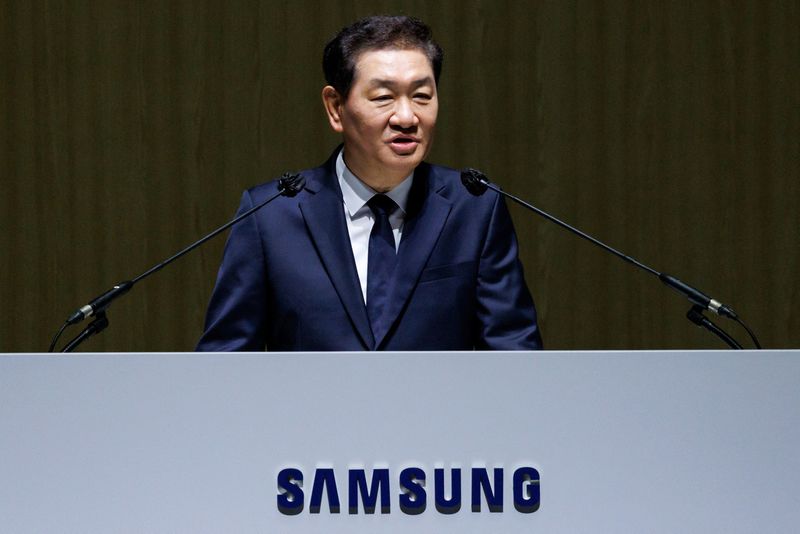U.S. Treasury Highlights Mexico’s Bold Tariff Proposal Against China
 |
| A Strategic Move Amid Trump’s Lumber Import Investigation |
In a striking development for international trade, Mexico has put forward a compelling proposal to impose tariffs on Chinese goods at a level comparable to those enforced by the United States, a move described as highly intriguing by U.S. Treasury Secretary Scott Bessent. During an interview with BloombergTV on February 28, 2025, Bessent revealed that Mexico’s suggestion aligns closely with America’s ongoing efforts to counterbalance China’s trade practices. This initiative appears to be a calculated step by Mexico to strengthen ties with the U.S., particularly as President Donald Trump reaffirmed plans on March 4, 2025, to slap 25% tariffs on both Canada and Mexico. By mirroring U.S. tariff rates on Chinese imports, Mexico aims to signal solidarity and potentially negotiate more favorable trade terms, such as reduced tariffs or exemptions, amid rising tensions in North American trade dynamics. Bessent noted that if Canada followed suit, it would be viewed as a positive gesture, emphasizing that such measures could fortify North America comprising the U.S., Mexico, and Canada against the overwhelming influx of Chinese imports, which he described as stemming from the most imbalanced trade structure in modern history.
Mexico’s leadership has openly acknowledged this shift in policy. President Claudia Sheinbaum, during a routine press conference on February 24, 2025, confirmed that the nation’s economic and treasury officials are actively exploring potential tariffs on Chinese imports in discussions with their U.S. counterparts. This tariff strategy not only reflects Mexico’s intent to align with U.S. trade policies but also serves as a proactive defense against the economic pressures posed by Trump’s tariff threats. By targeting Chinese goods, Mexico could mitigate the impact of U.S.-imposed duties while reinforcing a united North American front against what many see as China’s aggressive trade tactics, including subsidized exports and market flooding. The proposal underscores a broader geopolitical chess game, where nations are recalibrating alliances and trade policies to safeguard domestic industries and regional economic stability in an era of heightened global competition.
Simultaneously, President Trump has escalated his administration’s focus on protecting U.S. industries by signing an executive order on March 1, 2025, directing the Commerce Secretary to investigate the national security implications of lumber imports under Section 232 of the Trade Expansion Act. This directive mandates a comprehensive assessment of current and projected U.S. lumber demand, the capacity of domestic production to meet that demand, and the role of foreign supply chains, including major exporters, in fulfilling American needs. The investigation will also scrutinize how foreign government subsidies and trade practices undermine the competitiveness of U.S. lumber and derivative product industries, such as furniture and cabinetry. Trump has instructed the Commerce Secretary, in consultation with the Defense Secretary, to evaluate national security risks tied to these imports and deliver a report within 270 days, potentially paving the way for new tariffs or restrictions. A White House official, speaking during a pre-announcement phone briefing, accused certain countries including allies of engaging in malicious practices like overproduction through subsidies and dumping excess lumber into the U.S. market, naming Canada, Germany, and Brazil as key offenders.
Adding an unexpected twist to this trade saga, the White House official also singled out South Korea and China for their roles in this issue, particularly in the realm of lumber-derived products. The official highlighted that South Korea heavily subsidizes items like kitchen cabinets, which not only harms the U.S. logging sector but also delivers a blow to American furniture manufacturers. This accusation suggests that the investigation’s scope extends beyond raw lumber to encompass processed goods, revealing a multifaceted challenge to U.S. industries. The official elaborated that exported U.S. logs often return as finished products, undercutting domestic producers who face higher costs without similar government support. For South Korea, this mention raises the specter of heightened trade scrutiny, potentially leading to tariffs or other barriers that could disrupt its $13 billion furniture export market, a significant portion of which targets the U.S. This development positions South Korea as an unanticipated player in Trump’s broader trade protectionism agenda, complicating its economic relationship with North America.
The convergence of Mexico’s tariff proposal and Trump’s lumber import probe highlights a pivotal moment in global trade policy. Mexico’s move to align with U.S. tariffs on Chinese goods could reshape North American trade alliances, offering a buffer against China’s economic dominance while addressing Trump’s demands for fairer trade practices. Meanwhile, the lumber investigation reflects a domestic priority to shield U.S. industries from foreign competition, with implications reaching as far as South Korea’s cabinetry sector. These actions signal a robust push toward economic nationalism, where tariffs serve as both a defensive shield and a diplomatic lever. For businesses and policymakers, the next 270 days will be critical, as the lumber probe’s findings could trigger sweeping changes in trade regulations, while Mexico’s tariff stance may set a precedent for regional cooperation. Together, these initiatives illustrate a complex interplay of strategy, economics, and geopolitics, with North America at the forefront of redefining its trade landscape in 2025.



Comments
Post a Comment